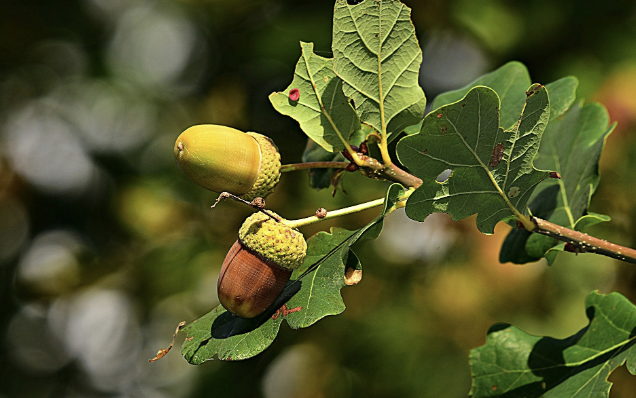
Why Native Plants?
Oregon’s Flora and Fauna are “BFFs”
Oregon’s flora and fauna have evolved together creating a beautiful interconnected, complex and mutualistically beneficial relationship. Our Oregon Native Plants are the backbone to the survival of every living thing in our ecosystem, including people! Evolutionary adaptations, eons in the making, created an amazing beneficial relationship between Oregon’s Native Plants, Oregon’s herbivores, Oregon’s insects, Oregon’s climate, Oregon’s soils, etc.
Unfortunately, the widespread planting of non-native, ornamental plants has directly contributed to the sharp and ongoing decline of bird, insect, and other native wildlife populations. These introduced species frequently offer little to no ecological value, effectively serving as mere placeholders that fail to support, nourish, or sustain the complex web of the natural ecosystem. What nature has painstakingly developed and refined over countless eons has been severely disrupted and decimated in less than a century. Yet, despite these immense challenges and the rapid pace of environmental degradation, there remains a strong and vital hope for restoration and regeneration.
Oregon urgently needs to PLANT NATIVES! for generations to come.
Oregon White Oak
Babies hungry for caterpillars
Native Host Plants are “SUPER-MOMS”
Native Host Plants are like “moms” to caterpillars, they are vital to their survival. Many caterpillars only feed on specific Native Host Plants. If those Native Host Plants are not available, then those caterpillars will not survive. Some Native Host Plants support one or two caterpillars, others that are called Keystone Native Host Plants, support hundreds of caterpillars! Ok, but why do caterpillars matter?
Birds need a lot of caterpillars to feed their babies. One Chickadee pair needs 6,000-9,000 caterpillars to successfully raise their babies. In fact 95% of native songbirds raise their young on insects, not seeds. So our bird feeders are helpful for adults, but babies are starving!
Native bees need the native plant pollen to feed their babies. If they can not find that specialized relationship then their babies starve.
Migrating birds rely on the high fat Native seeds and fruit to continue their journey.
Nuts from Native Trees and Shrubs feed a large number of mammals through the winter.
Leaves, stems, branches and bark provide shelter, food, homes and saftey for Native Wildlife.
Not all Oregon Native Plants are the same, some are considered Native Keystone plants. These species support the greatest number of bees and butterflies. Here are a couple of Native Plant Resources; Oregon State University Extension Service has developed the Native Plant Picks for Bees. The National Wildlife Federation has a Native Plant Finder showing how many butterflies and moths our Native Plants support.
Join the movement and Go Native!

